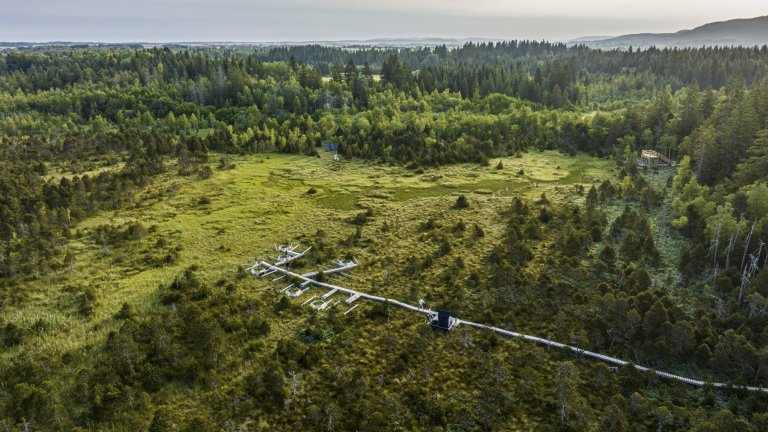
© Hubert Raguet / CNRS Images
View the mediaScientific news
Biodiversity reservoirs, climate regulators and bulwarks against desertification: wetlands are more significant than they appear and protecting them is more important than ever.

© Hubert Raguet / CNRS Images
View the mediaWetlands, which cover extremely diverse landscapes and landforms with varying degrees of water, are not considered a priori among the most hospitable. And additionally, planning policies, both in France and abroad, have often focused on draining them, either to make them suitable for construction or simply for sanitation purposes.
For some time, scientific research has been shedding new light on these areas: besides being major biodiversity reservoirs, wetlands, which only cover 3% of the world’s surface, capture one-third of carbon trapped in the soil. Therefore, they play a valuable role in climate change while at the same time being directly threatened by it. Their study is crucial, particularly as they are impacted by other human activities, most notably pollution. And in countries where desertification is increasing, especially south of the Sahara, wetlands are at the centre of major reforestation projects which aim to ensure access to vital resources for the greatest number of people.
Wetlands are genuine areas to be preserved on every continent, and this year’s World Wetlands Day is fittingly dedicated to this fight. You can find out more about this through a selection of material covering these major issues.
Our work is guided by the way scientists question the world around them and we translate their research into images to help people to understand the world better and to awaken their curiosity and wonderment.